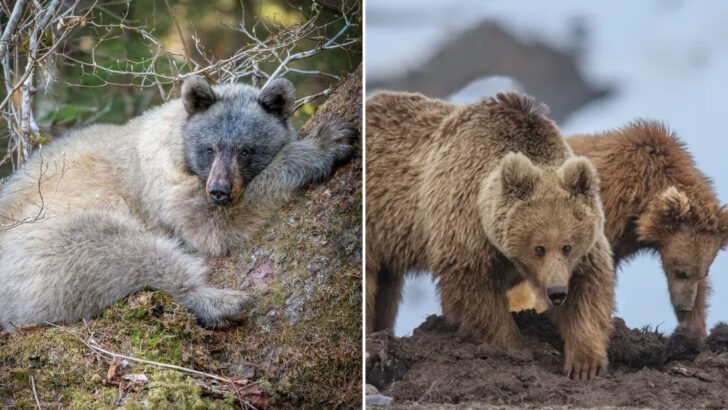Think you know bears? Think again.
There’s a whole world of fuzzy giants, shaggy roamers, and clawed climbers you’ve probably never even heard of. Everyone knows the grizzly and the panda—but what about the moon bear with its chest-shaped blaze? Or the shy spectacled bear hiding in the Andes like a living shadow?
These creatures are more than just picnic thieves and forest legends. They’re survivors, wanderers, and in some cases, vanishing ghosts of the wild.
Get ready to meet 14 bear species from across the globe that will totally rewrite what you thought you knew about these majestic beasts.
Andean Bear
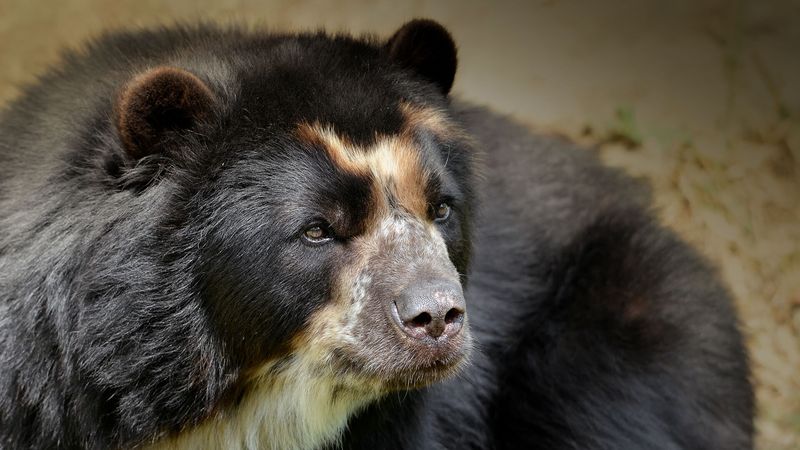
The Andean bear, also known as the spectacled bear, roams the cloud forests of the Andes. With its striking facial markings that resemble spectacles, this bear is a master of disguise among the dense vegetation.
Known for their shy demeanor, these bears are primarily herbivorous, feasting on fruits, berries, and plants. Their ability to adapt to various altitudes in the Andes is uncanny.
Did you know? The Andean bear is the only bear native to South America, making it a truly unique species in the bear family.
Sloth Bear
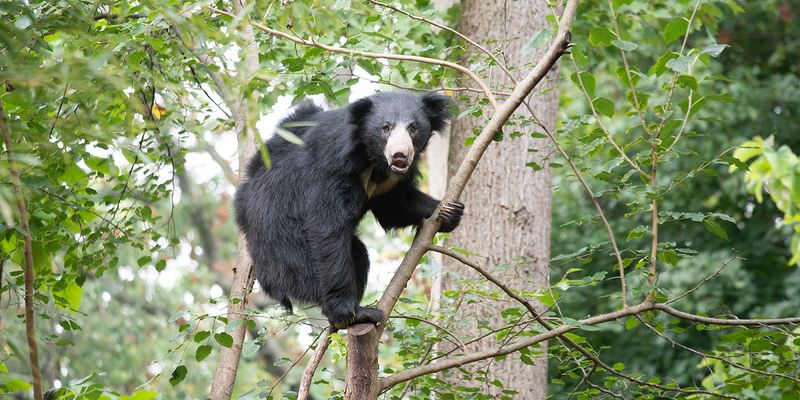
With its shaggy coat and long claws, the sloth bear is a sight to behold in the forests of India and Sri Lanka. These bears have a unique adaptation: a specially designed muzzle for sucking up insects.
Often heard before seen, their loud snorts and smells give away their presence. Unlike their name suggests, sloth bears are anything but slow. They are known for their agile movements and can climb trees easily.
Fun fact: Sloth bears are the inspiration behind Rudyard Kipling’s Baloo in The Jungle Book!
Sun Bear
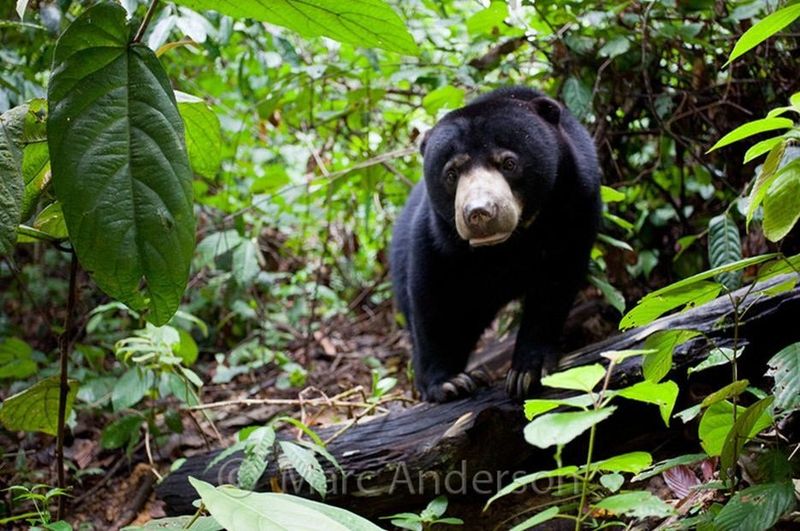
The sun bear, with its short, sleek fur and a golden patch on its chest, is the smallest bear species. Found in Southeast Asia’s dense tropical forests, these bears are expert tree climbers.
Their diet is as diverse as their habitats, including fruits, insects, and honey, earning them the nickname ‘honey bear.’ Although small, sun bears are known for their big personalities, often standing their ground when threatened.
A curious fact: Despite their fierce appearance, sun bears are sometimes called the ‘dog bears’ due to their smaller size.
Moon Bear
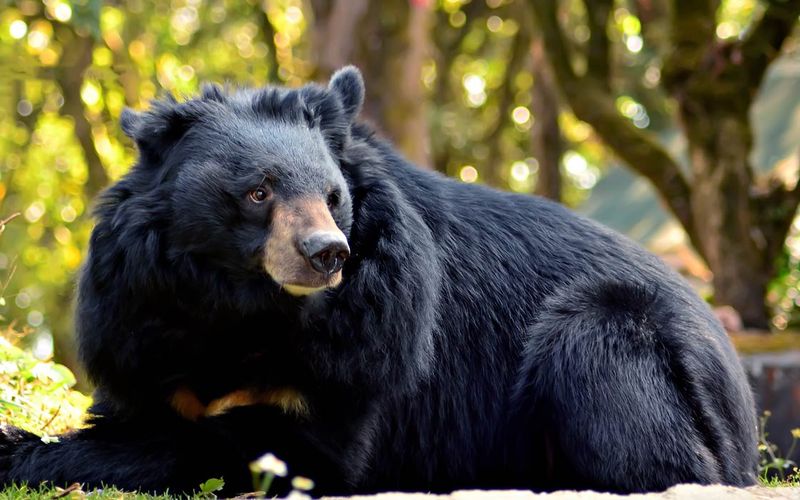
The moon bear, or Asiatic black bear, is easily recognized by the moon-shaped white patch on its chest. Inhabiting the mountainous regions of Asia, these bears are adept climbers.
Their diet is omnivorous, ranging from fruits and insects to small mammals. Moon bears have a distinct personality, often playful and curious in nature. Sadly, they face threats from habitat loss and illegal hunting.
Did you know? Moon bears are skilled swimmers, often seen enjoying a dip in rivers during hot summer days.
Gobi Bear
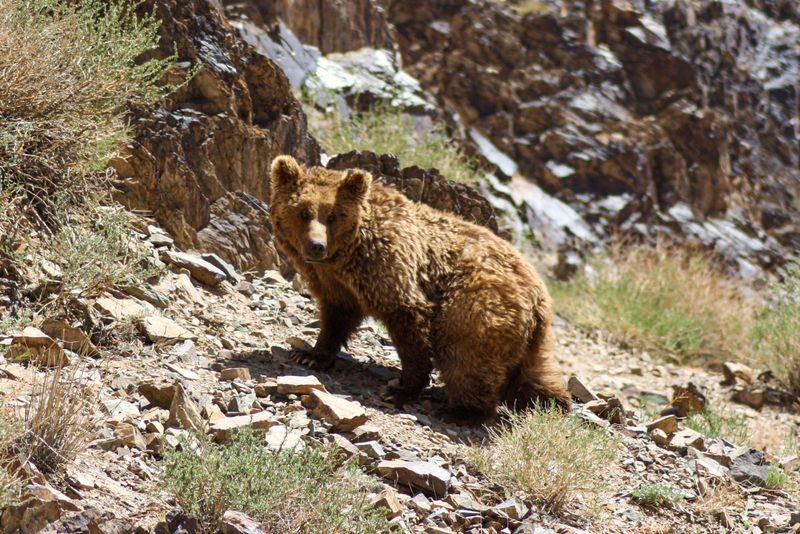
The Gobi bear is a rare and elusive bear found only in the Gobi Desert of Mongolia. With its sandy-colored fur, it blends seamlessly into its harsh environment.
Surviving in one of the world’s most extreme climates, Gobi bears rely on sparse vegetation and scarce water sources. Their solitary nature and low numbers make them a species of concern.
Did you know? The Gobi bear is one of the rarest bears on the planet, with estimates of less than 40 individuals left in the wild.
Glacier Bear
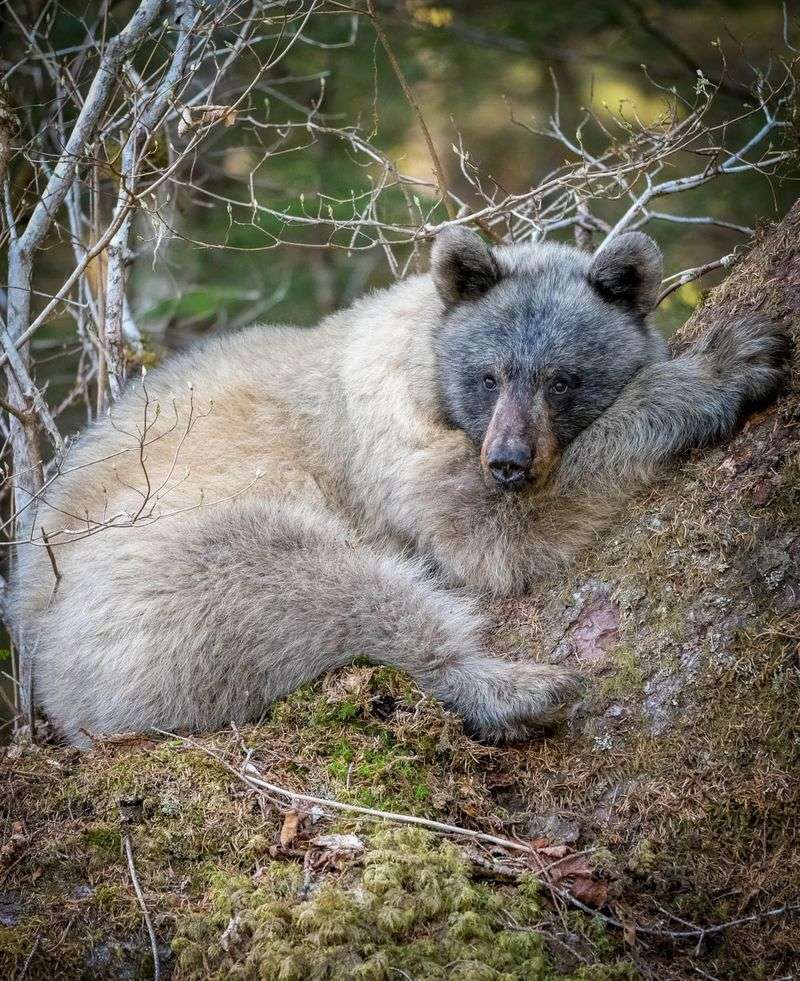
The glacier bear, a color variant of the American black bear, is native to the coastal regions of Alaska and Canada. It is famed for its bluish-gray fur, making it a ghostly sight against the snowy landscapes.
These bears are typically shy and elusive, favoring remote wilderness areas. Their diet includes a variety of berries, fish, and small mammals.
Interesting fact: The glacier bear’s unique coloration is due to a genetic mutation, and they are rarely seen even within their native regions.
Kermode Bear
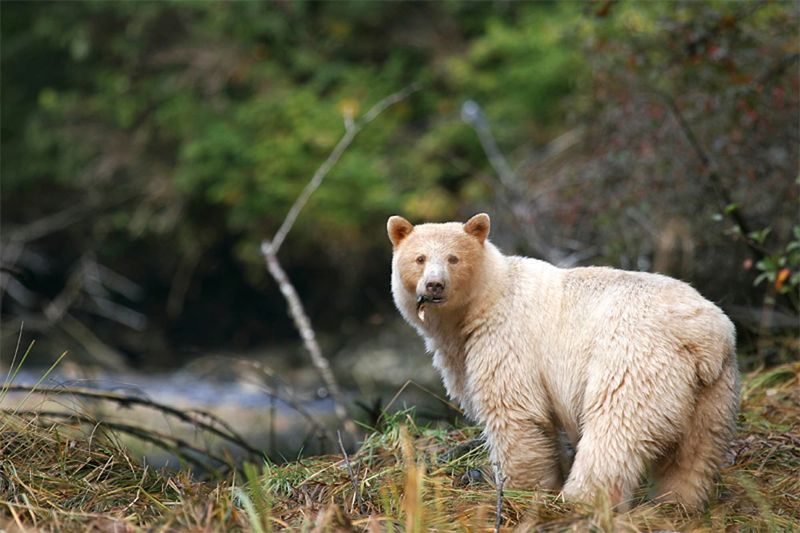
The Kermode bear, often referred to as the Spirit Bear, inhabits the rainforests of British Columbia. Its striking white fur, a result of a rare genetic trait, makes it a symbol of mystique and beauty.
These bears are revered by indigenous cultures and are considered guardians of the forest. They primarily feed on salmon, berries, and plants.
Did you know? Despite its ghostly appearance, the Kermode bear is not albino. Its white fur is due to a recessive gene found in some American black bears.
Atlas Bear
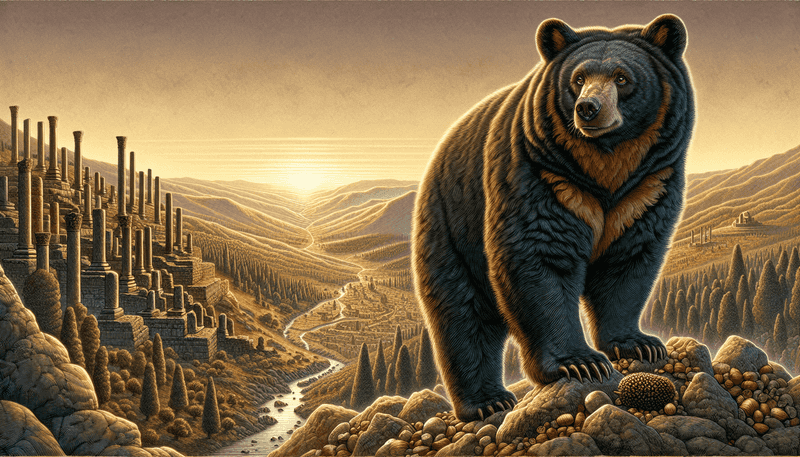
The Atlas bear, once native to North Africa, became extinct around the late 19th century. It was the only bear species indigenous to Africa.
These bears had dark, thick fur and were smaller than their northern relatives. They roamed the Atlas Mountains and were known to be fierce yet elusive.
Although they no longer wander the earth, the Atlas bear remains a fascinating part of Africa’s natural history, reminding us of the diverse wildlife that once thrived on the continent.
Tibetan Blue Bear
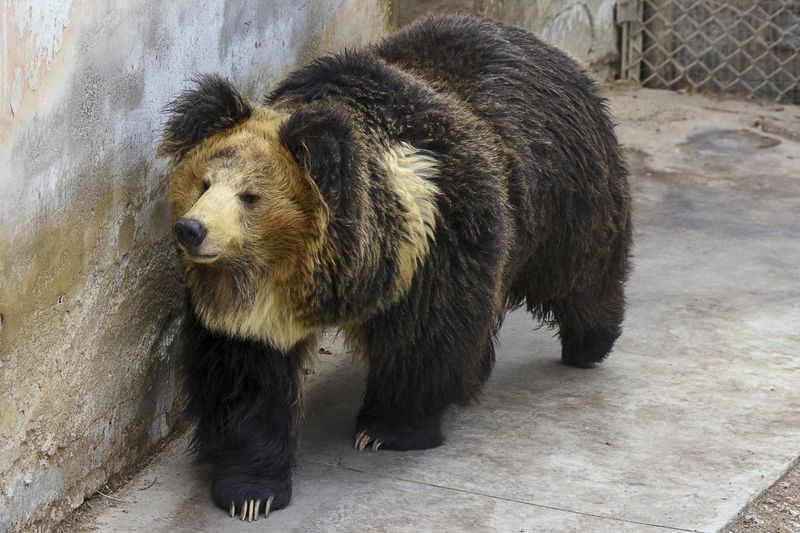
The Tibetan blue bear, one of the rarest subspecies of the brown bear, is found in the remote regions of Tibet. Known for its bluish-tinged fur, this bear is both mysterious and elusive.
With a diet consisting of rodents, plants, and occasional livestock, they have adapted to the challenging environment of the Tibetan Plateau.
Fascinating fact: Some speculate that the Tibetan blue bear contributed to the Yeti legend, due to its unusual fur and remote habitat.
Ussuri Brown Bear

The Ussuri brown bear, also known as the Amur brown bear, inhabits the dense forests of the Russian Far East and northern Japan. These bears are known for their impressive size and strength.
Their diet is omnivorous, ranging from salmon and berries to small mammals. The Ussuri bear is an apex predator in its habitat, playing a crucial role in the ecosystem.
Did you know? Ussuri brown bears can stand over 10 feet tall on their hind legs, making them one of the largest bear species.
Syrian Brown Bear
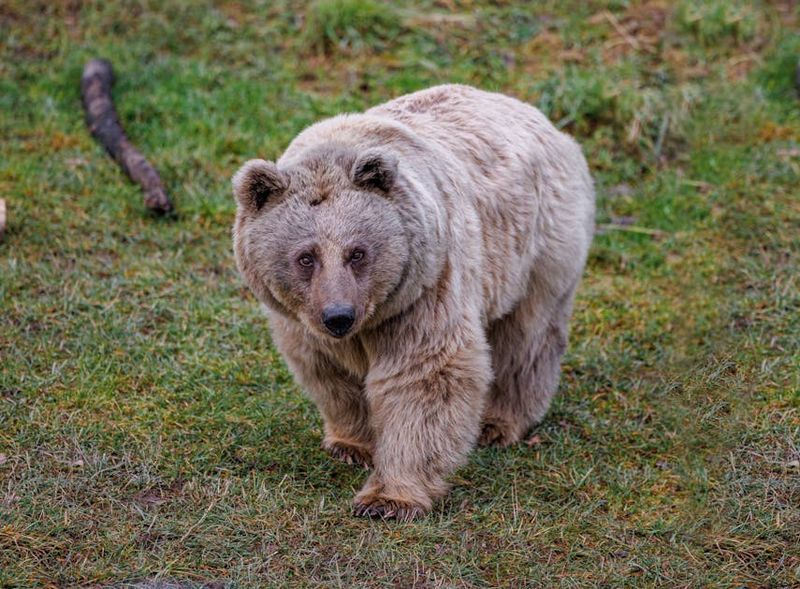
The Syrian brown bear, with its lighter fur, roams the mountainous regions of the Middle East. Smaller than its European counterparts, this bear is well-adapted to the rugged terrains and sparse vegetation.
Feeding primarily on plants, nuts, and small animals, these bears are solitary creatures often seen foraging at dusk.
Interesting tidbit: The Syrian brown bear is depicted in ancient art and has been part of Middle Eastern folklore for centuries, symbolizing strength and resilience.
Malayan Sun Bear
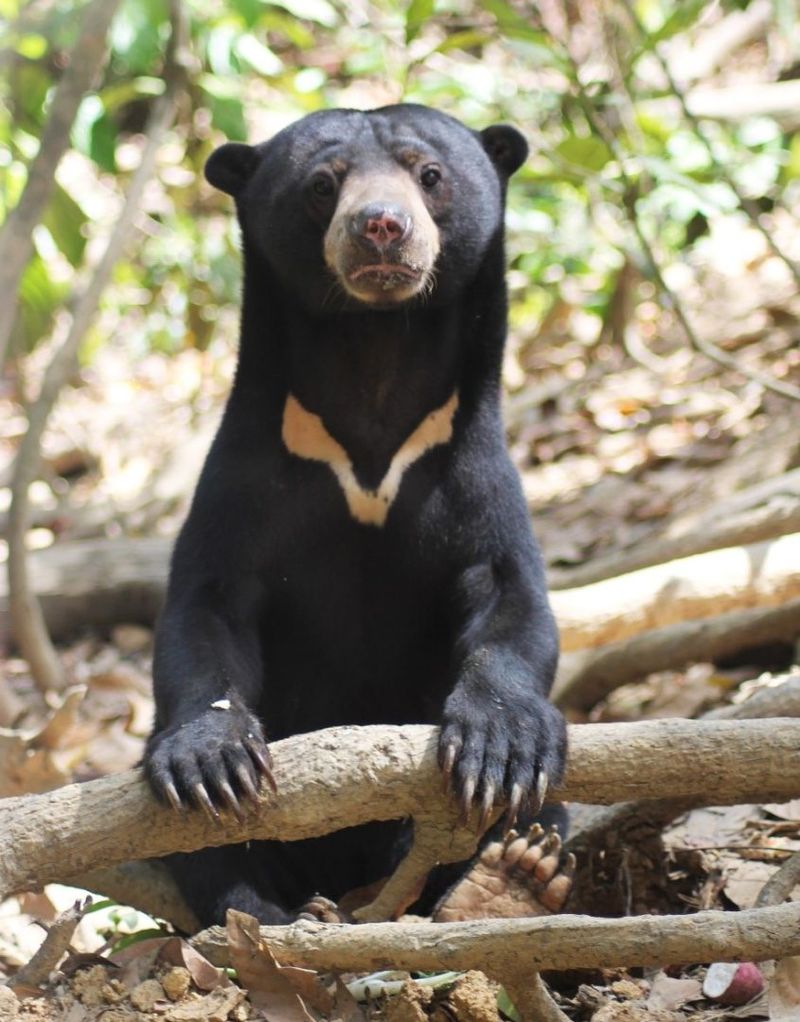
The Malayan sun bear, also known as the honey bear, is the smallest member of the bear family. Found in the tropical rainforests of Borneo, it is easily recognized by the sun-like patch on its chest.
Known for their tree-climbing skills, these bears enjoy a diet rich in fruits, honey, and insects. Despite their size, they have a fierce bark and sharp claws.
Did you know? The Malayan sun bear is often kept as an illegal pet due to its small size, posing a threat to its wild populations.
Eurasian Brown Bear
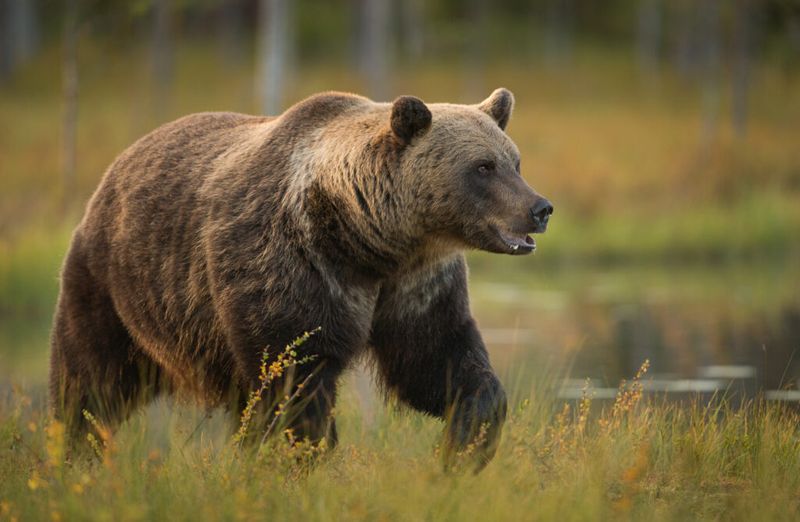
The Eurasian brown bear is the most widespread bear species, found across Europe and parts of Asia. With a powerful build and rich brown fur, these bears are a symbol of wilderness.
Their diet is incredibly diverse, from plants and insects to fish and mammals. Known for their adaptability, Eurasian brown bears inhabit a variety of environments, from dense forests to mountainous regions.
Fascinating fact: These bears play a crucial role in their ecosystems, helping to control populations of other animals and disperse seeds.
Himalayan Brown Bear
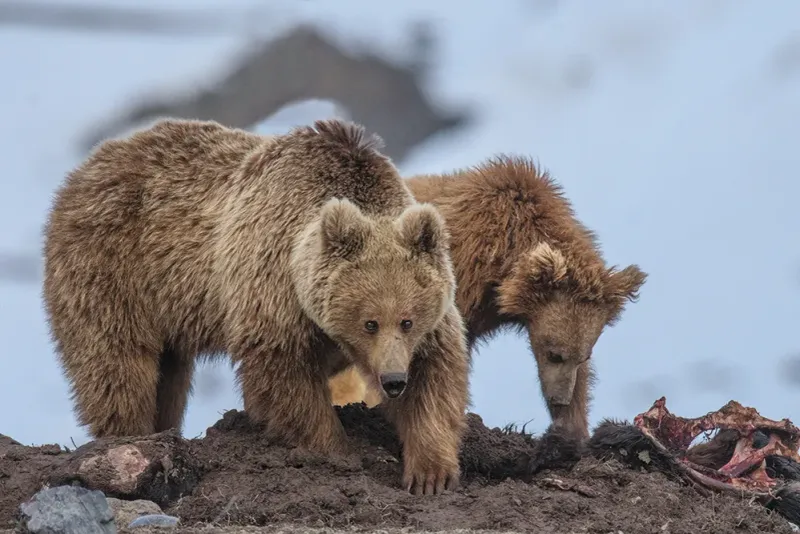
The Himalayan brown bear, also called the snow bear, is found in the harsh terrains of the Himalayas. With their thick coats and robust build, they are well-suited for cold environments.
Their diet includes grasses, roots, and small mammals. These bears are solitary and elusive, often spotted in the early morning or late afternoon.
Did you know? The Himalayan brown bear is a subspecies of the brown bear and is one of the largest carnivores in the region, yet it remains vulnerable due to habitat loss.

